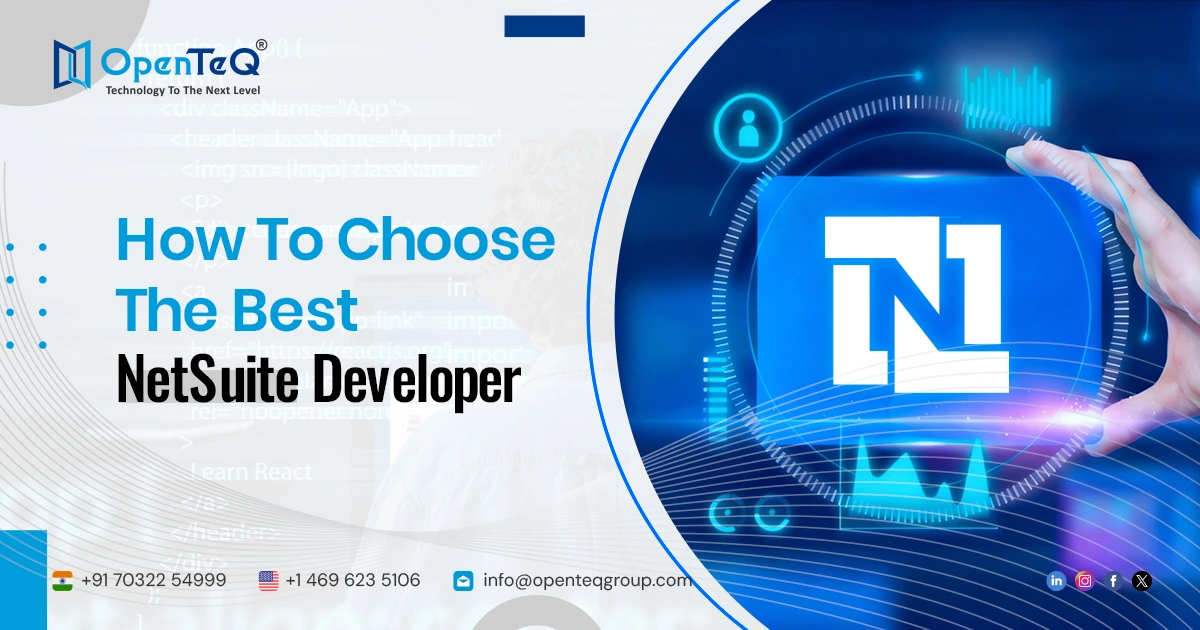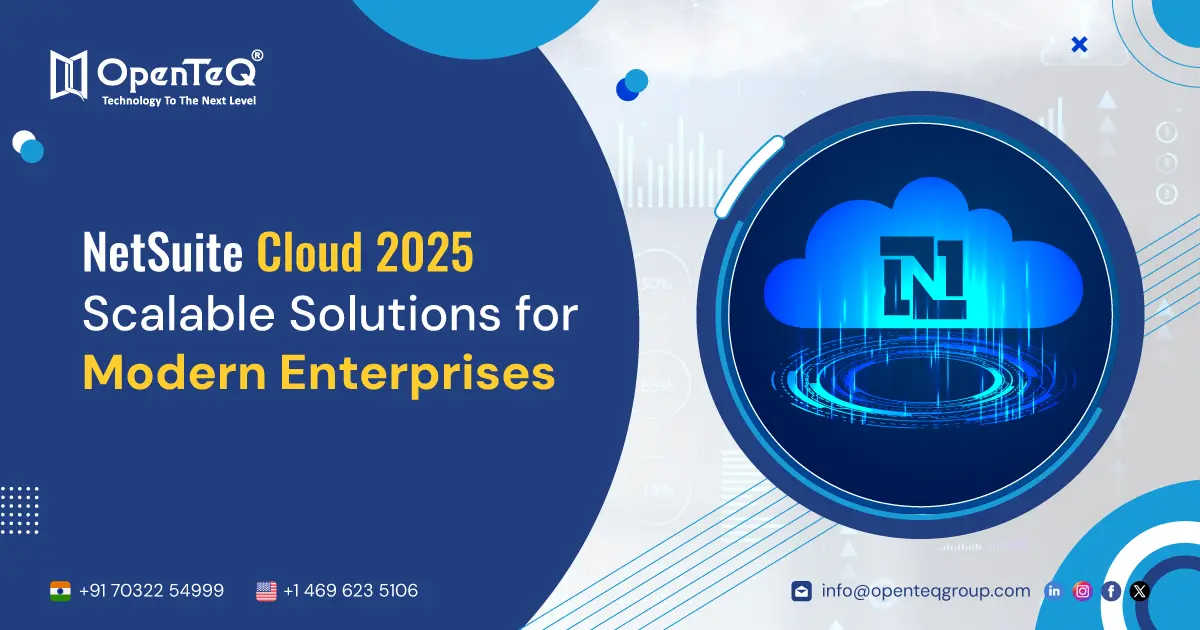Brief Overview on Customizations for NETSUITE
In this article you will get a brief overview about functional and technical customization for NetSuite.
Brief Overview on Customizations for NetSuite
Although NetSuite is a very sophisticated platform, occasionally more is needed than what is provided by its standard features. Companies can look into NetSuite customizations if they need functionality that isn't included in the standard package.
These modifications increase the functionality of NetSuite and assist businesses in automating more operations than they previously could, enabling them to overcome problems that they might not typically be able to. Additionally, by integrating their own business rules into NetSuite, modifications enable businesses to cut down on time spent on user onboarding and training as well as data entry errors and order processing times.
NetSuite modifications are classified into two types: functional and technical.
What distinguishes each category and when to use it are shown below:
Functional Customizations
By simply pointing and clicking within the NetSuite user interface, functional adjustments can be made. Code is not required. Workflows are a fantastic illustration of a widely used functional NetSuite customization. Workflows for approval can be based on several supervisory levels, various departments, cost centres, or specific monetary amounts. Additionally, you may add custom fields, forms, PDF layouts, and more.
To improve reporting, functional customization can permit email notice with access to necessary reports such as segmented profit and loss statements. Another option is to develop a notification to inform users that a promotional deal will run out in 30 days. Without having to worry that someone would forget to send something, team members can get what they need to see.
Technical Customizations
To integrate NetSuite with other systems, technical changes entail scripting or auto-programming.
Such NetSuite customizations might be suitable for connecting or integrating with a third party.
Adding automation to NetSuite from another system would also require technical modifications.
Examples of instances where a technical modification would be beneficial:
Example 1: The first example shows how a technological NetSuite modification can enable teams to send orders to a third-party logistics (3PL) provider, who would then fulfill those orders and return data like tracking information. Working without this integration is probably time-consuming, frustrating, and labor-intensive for an inventory-based business with a warehouse.
Example 2: If a business provides unique plans that grant consumers certain discounts or shipping guarantees based on past purchases, technical customization can decide and apply those incentives in real-time.
Example 3: Having systems communicate with one another can be highly beneficial. To exchange data with other systems, NetSuite can be connected to them with proper technological modifications.
What challenges could a NetSuite customization face?
Users need to be aware of some typical customizing mistakes. Knowing what they are and how to avoid them is still a possibility.
Risk 1:Price
The majority of solutions have one-time charges. Frequently, businesses may sign up for something that is less expensive upfront but has ongoing annual fees. Take care when committing to a recurring payment.
Risk 2:The solution's scalability
Although a solution may appear to be scalable at first look, is it adaptable enough to handle changes as they arise? Teams should conduct the necessary study and make an effort to build for the future.
Risk 3: Not considering alternative possibilities
Consider how the solution may impact other divisions as you try to identify all the possible scenarios. To ensure that they won't be adversely impacted, teams should make sure they comprehend every procedure that touches the new solution.
Do you need help putting your NetSuite modification into practice? We can assist. Mail us at info@openteqgroup.com or reach us at +1-602 806 4634 / +91 7032254999.







